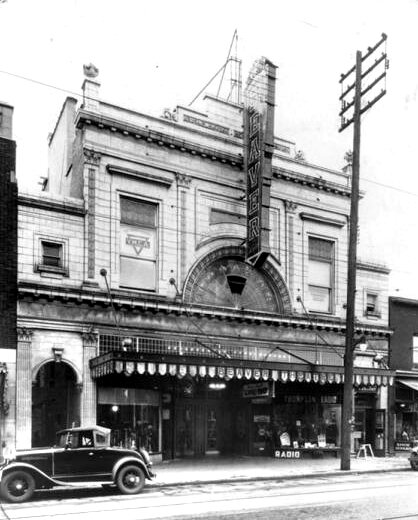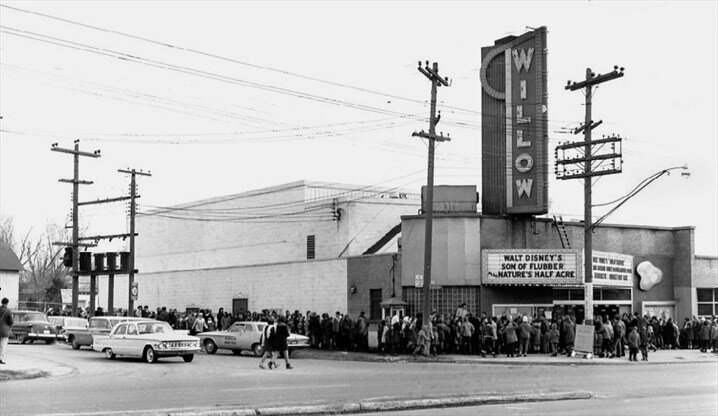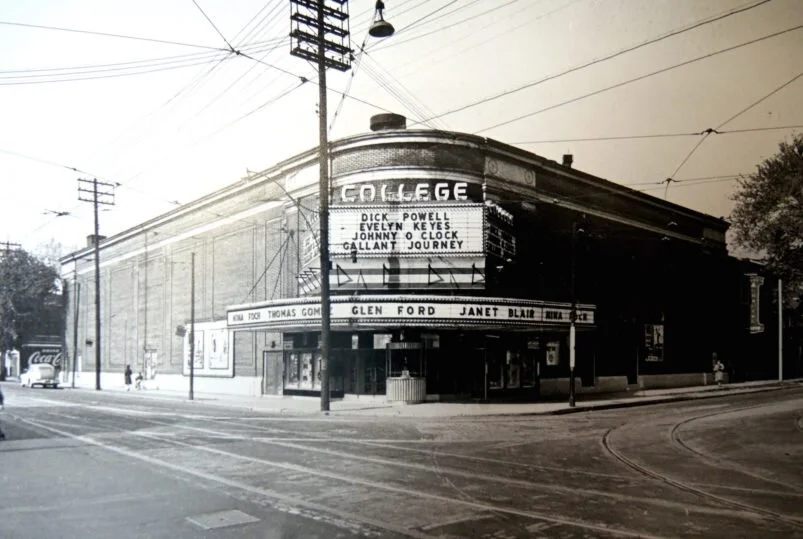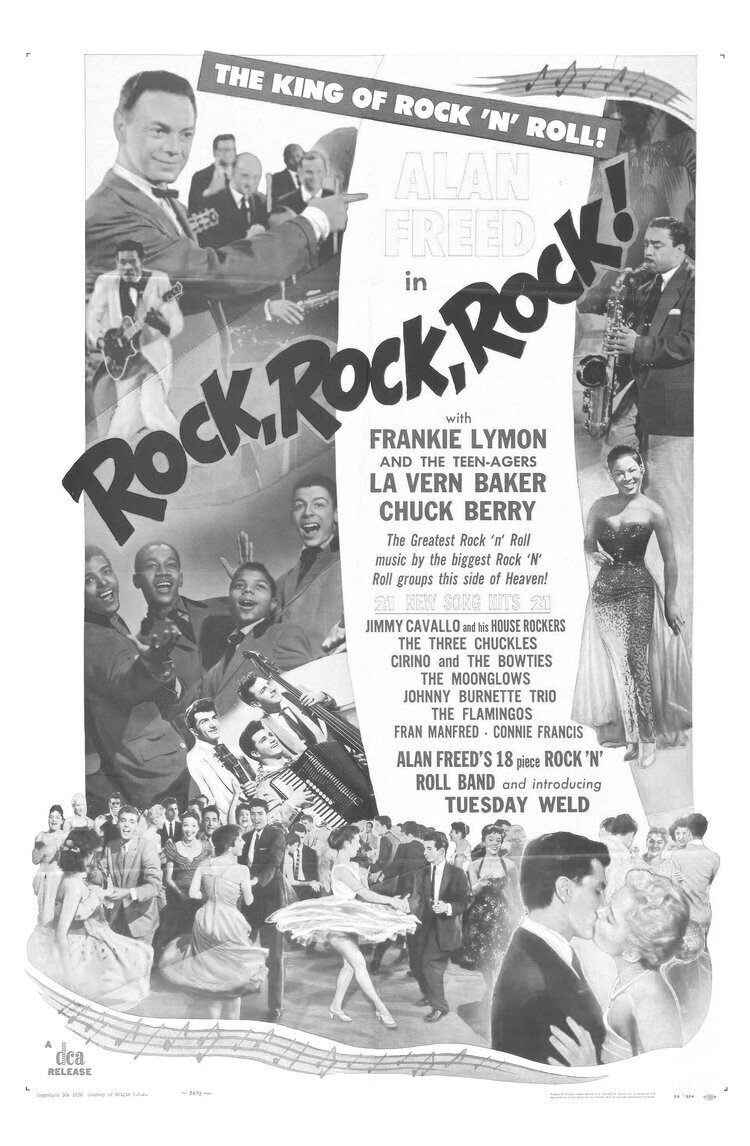
Life Through Margaret’s Lens
April 5th, 2021
My grandmother Margaret Winters wrote about her experience growing up with the evolution of film. Her new media is now our old media, but it is crazy to think that what we now consider “outdated” was like the invention of sliced bread for them. Though there are missing pages and gaps of time within these journal entries, I learned so much from the pages I did find. I realized that what made film new media and the reason why it continues to break barriers is because even way back then, the goal was to always improve current inventions. I think it’s cool that my grandmother documented her experience with new media, especially in film. Inventions hopped from motion pictures with no plot, to film with music scores, to movies with sound and music, to drive in theatres. From there, film and theatres were no longer the main focus but it became televisions, VHS and DVD blue ray. I think the fact that the medium in which films were being distributed and how it has evolved today, makes it so much more interesting!
Of course today, we have Netflix, Hulu, Disney Plus and YouTube, and COVID-19 has forced many theatres to shut down, but I think there are aspects of my grandmother’s experience that have translated into our experiences today. The worry that my great grandmother had towards the influence of film and new media is still very much an issue today. This is increasingly becoming a problem as services become more accessible such as Netflix and YouTube, therefore making it even more difficult to monitor and censor appropriate content for young audiences.
Anyways, enough about me and our contemporary experience with film. I hope you enjoy my grandmother's story as much as she enjoyed telling it.
— Autumn Winters
*All photos are hyperlinked to original source
January 26, 1912
(6 years-old)
This afternoon, my family and I went to the theatres for my mothers 32nd birthday. We went to Garden Theatre on College Street for motion pictures and music. The first motion picture of the night was called The Mutual Girl. It was black and white no more than 20 minutes long. We watched the motion pictures on the rooftop and it made for a very romantic setting. After The Mutual Girl there was an orchestra, organist and pianist who were playing some music. As the music continued, I could not wait until the next motion picture. About 10 minutes later, they played FOUR acts from MOTHS. It was somewhat hard to see since the light in the theatre was not that great. We also were seated in the balcony since they were the cheapest seats offered. Seats in the balcony only cost 10 cents and the lower floor offered seats from 15 to 25 cents. Since my parents had to pay for 3 tickets, I guess they decided it would be best if we went for as cheap as possible.
Photo of Garden Theatre Rooftop at 290 College Street, Toronto, ON (Photo Source: Ryerson University)
Garden Theatre Advertisement
(Photo Source:
Ryerson University)
October 10, 1923
(17 years-old)
Today I went to the Beaver Theatre. It was purchased by Famous Players a few years ago and the theatre is HUGE! It can seat over 1000 people and they change their program twice a week. One of the main differencesI can highlight between my previous journal entries is that this movie had MUSIC! There was sound and music scores throughout this movie! he music score was by Frederick Converse. This cinema was advertised to be Toronto’s leading motion picture and vaudeville theatre, and I agree! The film we watched today was Puritan Passion and it was only released a few weeks ago. I know I have seen motion pictures but this was a real movie! It felt like a brand new experience with these different factors being added in. Sound and music makes SUCH a big difference! I cannot wait to come back for more!
The cinema has become the new hang out spot for us. I know some people who go with their siblings a few times a month… I can’t even imagine how much money they must be spending! I can’t blame them though. Film seems to be getting better and better every year. When I go to college and have money, surely I will be going to the movies a lot more- especially if all my friends are going!
June 10, 1936
(30 years-old)
I remember when I was younger and throughout my young adult life, my Mother didn’t let me go to many cinemas without an adult. She was always weary of the effect that cinema had on its viewers, especially the young people. Though my Mother loved the movies, she always thought that it was a form of entertainment that could be unconsciously used for propaganda. Even though she had confidence that I would not be negatively impacted by the motion pictures or movies, she didn’t have confidence in my friends to not be negatively affected… and in turn she knows my friends have an affect on me— so I guess that’s where her worry was coming from.
She didn’t think there was enough regulation surrounding film. There were movies with sex, drugs and alcohol, and she was scared of the corruption that it could have on immature audiences. Now that colour is popular within films, it’s easy to grab attention in certain scenes— some of which will stick in the minds of younger audiences. We have learned to admire and be inspired by the people on the screen, which can be a good AND bad thing. I notice the affect movies have on our everyday culture, from fashion, to comedy, and romance.
Now that I’m older, I can safely say that I finally understand the justified thoughts my Mother had. The influence of cinema is not talked about as much as it should be… my mother was really ahead of the game back then.
Photo of Revue Theatre at 400 Roncesvalles Ave, Toronto, ON (Photo Source: Toronto Life)
December 8, 1946
(40 years-old)
Today is my 40th birthday! To celebrate, husband George and our children will go the cinema. The Willow Theatre opened up a few months ago and today we finally went to see a Walt Disney film. George was reading the paper this morning and read about a Black lady named Viola Desmond who was arrested exactly one month ago today because she took a seat at the downstairs level of a theatre in Nova Scotia.
The paper said that the people who ran the theatre did not say Black people could not sit at the bottom, but coloured people liked to sit in the balcony together. George told me that Viola could not see well from very far so she wanted to sit at the lower level, but the manager called for a police officer to drag her out. Viola had to pay $26 for the one penny tax difference between the lower level and balcony.
__
Watching Song of the South at the Willow was AMAZING! The movie was in colour but I could tell that the colours were a bit off since the screen in the theatre was not that white. The brightness of the screen was also not the greatest BUT I can’t complain! When I was growing up, we only had moving pictures and black and white movies, my children are so lucky they get to grow up with this experience!
There were a bunch of teenagers and young adults. I read in the paper that college and high school graduates go to the cinema at least 4 times a month. It makes sense that college people see more movies than students in high school since they have more money.
Earlier this year, my family and I drove to Stoney Creek to see a movie at Skyway Drive In Theatre. I would definitely prefer watching a movie in a theatre. The seats in the car are not as comfortable and spending a lot of money on gas to travel to a theatre does not make much sense since there is a cinema only a few minutes away.
September 17, 1962
(56 years-old)
The growth in film has been beyond what I could have ever imagined. In the 1950’s one of the most popular films was “Rock, Rock, Rock!”. The music in the film was the highlight as opposed to the plot. For some reason, the term “juvenile delinquent” became a large part of popular culture and this sparked a lot of worry for people. In America, a majority of the people were more worried about juvenile delinquents than open-air atomic bomb testing. Non-coincidentally, the rate of crimes committed by teenagers rose during this time as well.
Fast-forward to more recent events, a so-called “New Wave” coming from France, has made a large impact in cinema. World War II affected all of the countries involved, but France has a different approach to building themselves back up in the eyes of their citizens. This “New Wave” was basically a cultural phenomenon that led to economic, political and social trends. France wanted to regain the clout they had and get more respect from other countries in Europe. They had the goal of creating a revolutionary new look in fashion and film. French film directors used a new approach to their films such as a deemphasized plot, hand held cameras as opposed to leaving them on tripods, location shooting and improvised dialogue. This was all done in an attempt to capture the audience and increase true human emotion/sincerity.
Over the last few years, movie theatre attendance has noticeably decreased. I would attribute this to the prevalence of television within households. Since we got our own television, our weekly family move nights turned into daily television shows after dinner. George and I have not been to a cinema after purchasing the television, and it is getting harder for my children to find friends who are willing to spend money to watch a film when most of them have television sets as well. I never thought it would get to this point, but I barely go to the cinema. My visits gradually decreased from at least once a month, to 4-6 times a year, to once or twice a year, until I eventually just stopped going. On top of that, we haven’t been to a drive in movie in years. It’s really hard to rationalize the cost of going to a drive-in theatre.
References
Backhouse, C. (1994) Racial Segregation in Canadian Legal History: Viola Desmond’s Challenge, Nova Scotia, 1946. The Dalhousie Law Journal, 299-314.
Colley, S. B. (2016, November 09). 'Quietly, without rudeness': How a civil rights icon changed Nova Scotia | CBC News. Retrieved April 5, 2021, from https://www.cbc.ca/news/canada/nova-scotia/viola-desmond-roseland-theatre-nova-scotia-1.3842359
Goldenberg, S. (2018, April 25). North York's First Movie Theatre Opened on Yonge Street 1948. Retrieved April 5, 2021, from https://nyhs.ca/history/north-yorks-first-movie-theatre-opened-on-yonge-street-1948/
Hallett, C. G. (1942). The whiteness of cinema screens. Proceedings of the Physical Society, 54(2), 98-109. doi:10.1088/0959-5309/54/2/303
Jones, D., McCarthy, E., & Murphy, B. M. (2011). It came from the 1950s!: popular culture, popular anxieties. Palgrave Macmillan.
Neupert, R. (2002). Cultural Contexts: Where Did the Wave Begin?, A History of the French New Wave Cinema, 3-46
Nowak, P. (2019, August 30). Behind the screens: The rise, fall and complicated future of the drive-in theatre. Retrieved from https://www.theglobeandmail.com/drive/mobility/article-behind-the-screens-the-rise-fall-and-complicated-future-of-the-drive
Reisman, L. (1949). Cinema Technique and Mass Culture. American Quarterly, 1(4), 314-325. doi:10.2307/3031301
Ryerson Uinversity (2016). Ontario Theatres. Retrieved April 5, 2021, from http://imagearts.ryerson.ca/ecfo/OTheatres_htm/
Stephens, H. (1926). The Relation of the Motion Picture to Changing Moral Standards. The Annals of the American Academy of Political and Social Science, 128, 151-157.
Toronto Life (2016, June 22). Vintage photos of Toronto's opulent, old-timey movie theatres. Retrieved April 5, 2021, from https://torontolife.com/culture/photos-old-cinemas-doug-taylor-toronto-local-movie-theatres-of-yesteryear/
Winter, M. (1941). The Function of Music in Sound Film. The Musical Quarterly, 27(2), 146-164.










